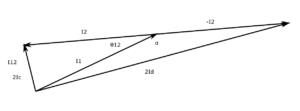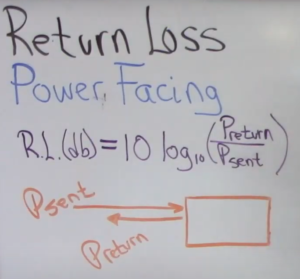The article Another small efficient matching transformer for an EFHW – 2643251002 described a correspondent’s , Luis, CT2FZI, implementation of the transformer.
I have also had lengthy discussions with Faraaz, VK4JJ, who is experimenting with a similar transformer.
This article describes my own design workup and measurements using a Fair-rite suppression core, 2643251002. The cores are not readily available locally, so I bought a bunch from Digi-key.
I really resist the tendency in ham radio to design around unobtainium, it is often quite misguided and always inconvenient. In this case, the motivation for these cores that use quite ordinary #43 material is the geometry of the core, they have ΣA/l=0.002995, a quite high and rivalling the better of binocular cores. High ΣA/l helps to minimise the number of turns which assists broadband performance. See Choosing a toroidal magnetic core – ID and OD for more discussion.
Design criteria
- EFHW;
- InsertionVSWR<2 3-22+MHz;
- nominal 49:1 transformation;
- compensated;
- autotransformer; and
- 50W average power handing.
Some key points often overlooked in published designs of EFHW transformers:
- Insufficient turns drives high core loss; and
- leakage inductance is the enemy of broadband performance, so the design tries to minimise leakage inductance.
Note that high number of turns drives high leakage inductance, so the design is to a large extent, a compromise between acceptable core loss and bandwidth.
Initial design estimate
From models, I expect that a turns ratio of 2:14 (ie 14t tapped at 2t) is likely to deliver the design criteria (with suitable compensation capacitor).

Above is a perhaps ambitious initial objective using a simple model of the transformer, dotted line is Loss and solid line is InsertionVSWR. Continue reading Another small efficient matching transformer for an EFHW – 2643251002 – #1 – design workup
Last update: 14th April, 2024, 1:35 PM







